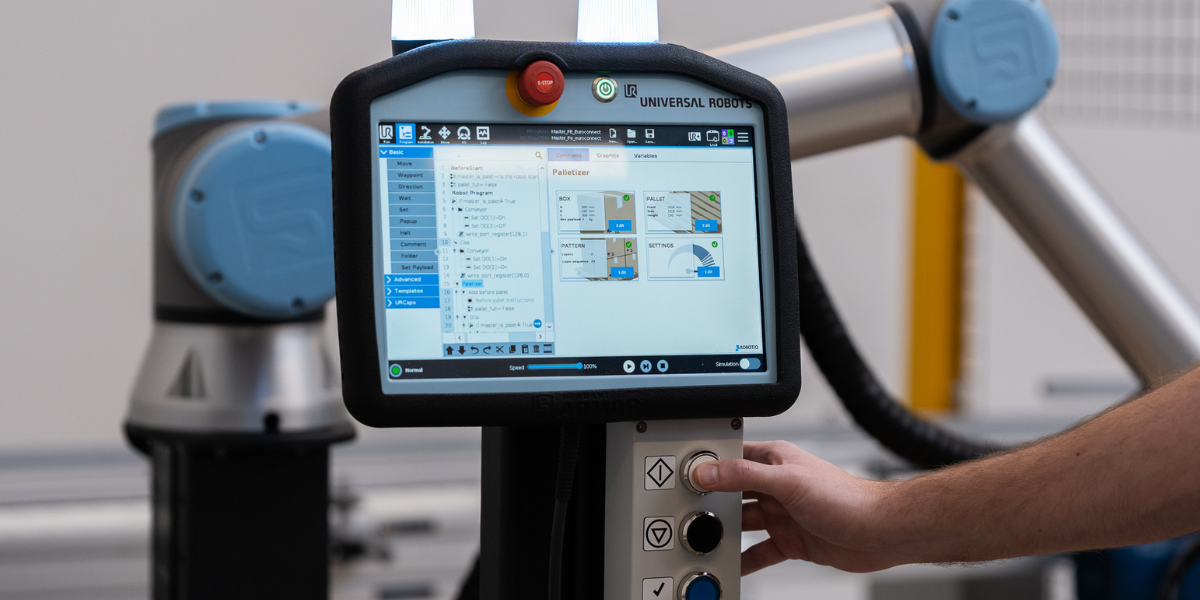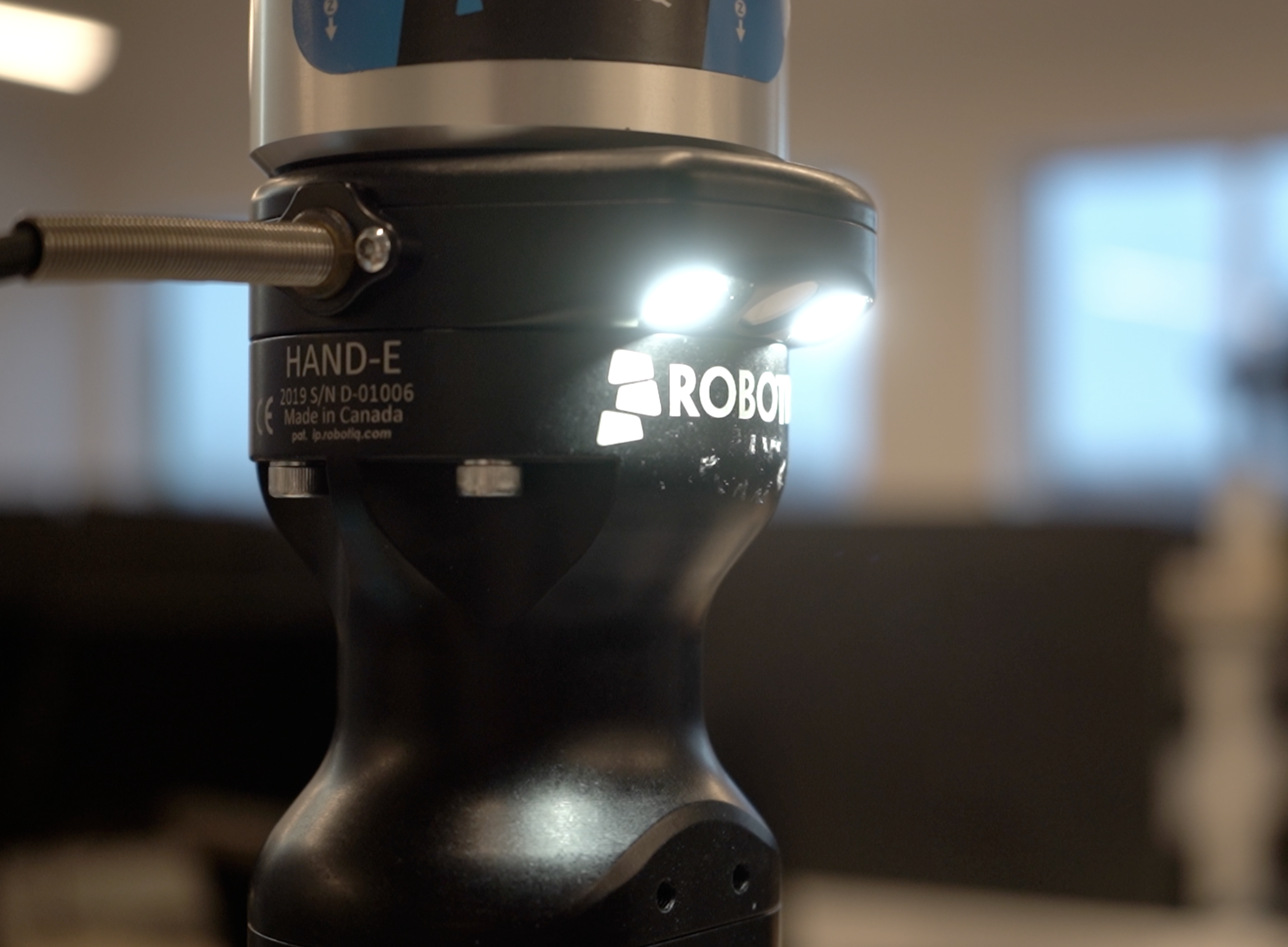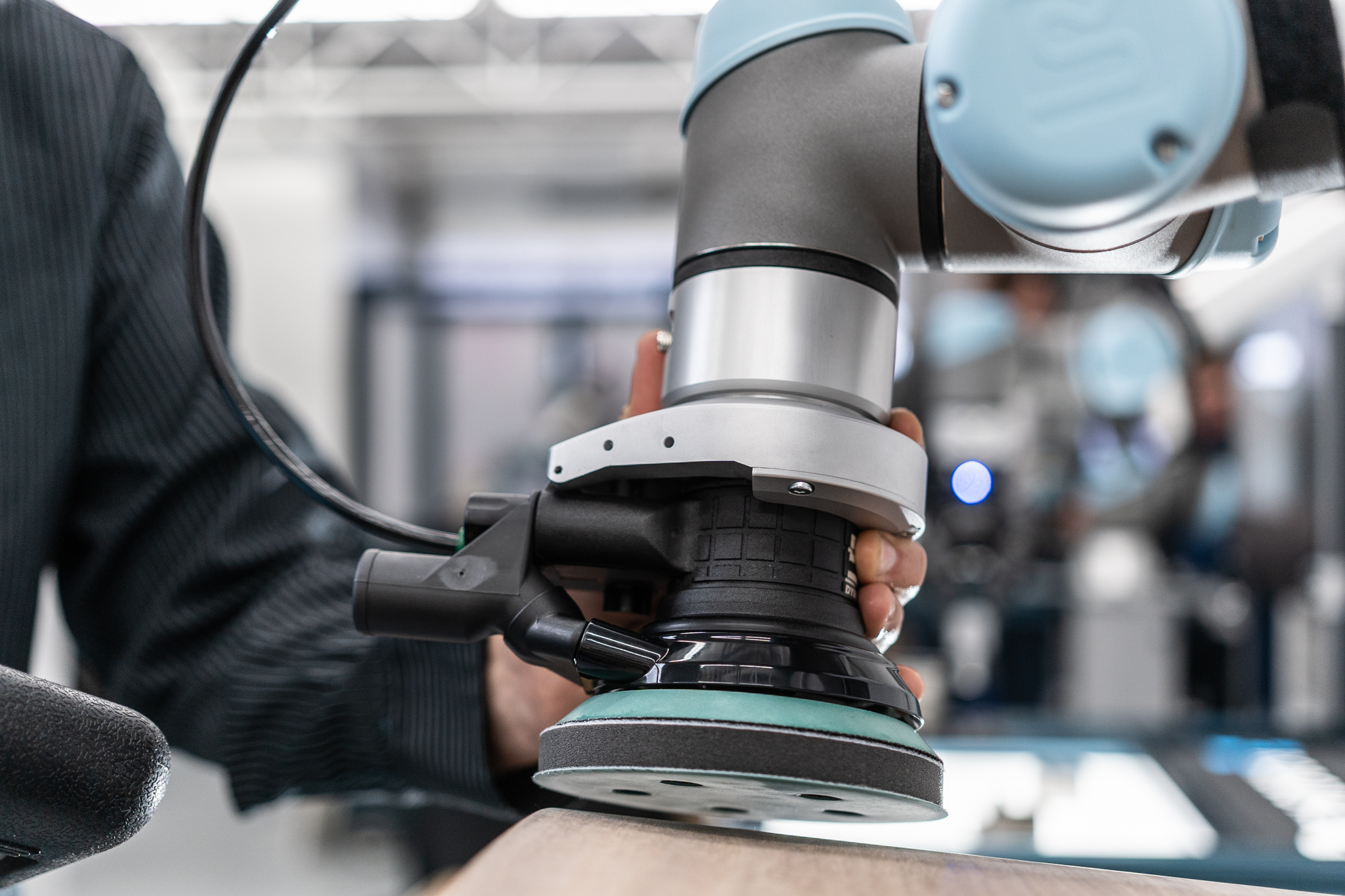Nachi’s New Collaborative Robots

Posted on Dec 10, 2015 7:00 AM. 5 min read time
|
At first I was surprised and (as we say in Canada) ''Stoked'' to see a new collaborative robot coming out of NACHI Robotic Systems. After all we are always seeking for new ways to automate and democratize robotics. And since collaborative robots are the new thing, I was expecting something new that could challenge other companies. Instead, what I saw left me perplexed at first. In fact, after a fair number of robot launches in 2015 (YuMi, Sawyer, UR3, CR-35iA among others) I thought another level would be reached with this robot. But no! Nothing new, just a regular industrial robot that can do collaborative tasks. But wait! It was at this point I realized that after all these years of trying to explain to each and every one of our readers on this blog, what a collaborative robot is - that finally, a company has understood (they probably looked at my eBook on risk assessment :D). Yes, collaborative robots are defined (until the release of ISO 15066) as a robot or a robot application that respects one of the four collaborative modes: Safety-Rated Monitored Stop; Hand Guiding; Speed and Separation Monitoring; and last but not least, Power and Force Limitation. And what I understand from their site is that you can achieve all types of collaborative applications with different robots from their product line. In other words, they achieve collaboration mode with their big robots by monitoring the work area or they are doing power and force limitation using a different software in their smaller robot. So everyone can find a robot that matches their application requirements. Here's how they describe their collaboration types: (Words and images from Nachi website) Type of Collaboration #1: Safety-Rated Monitored StopUsing the first method of collaboration, Safety-Rated Monitored Stop, the robot can be stopped in a safe position allowing the operator to load, unload, or add parts and perform other tasks without shutting off robot motor power. Safety-Rated Monitored Stop can drastically improve cycle time by avoiding tedious restart procedures while also minimizing additional tooling costs. Nachi Robots utilize the RMU (Robot Monitoring Unit), a Category 4 ISO 13849-1 PLe certified safety device to prevent motion during the Safety-Rated stop period. RMU has been certified as a safety device by TUV and complies with international safety standards for industrial robot collaborative use.
|
Collaboration Method #2: Hand GuidanceThe second mode of collaboration simplifies programming and reduces setup time by allowing the operator to program the robot using the Hand Guided method called “Direct Teach”. Nachi has developed a specialized safety enabled Direct Teach joystick that connects to the robot allowing the user to move the robot to program points without a teach pendant. Points and programmed paths can be easily taught without extensive robotics knowledge, simplifying setup and reducing programming time. Additionally, Nachi Robots can utilize Safety-Rated Monitored Stop in combination with hand guidance during automatic operation, allowing the operator to manipulate the robot along it’s taught path or a modified path. Combining methods of collaboration adds flexibility to operations with inherent variability in processes.
|
Collaboration Method #3: Speed and Separation MonitoringSpeed and Separation Monitoring is the third mode employed to allow safe and direct collaboration between humans and robots. Safety rated sensors detect human presence and the robots’ speed is limited proportionally to the distance between robot and human. The robot will operate at full speed when the human is in the green zone, reduced speed in the yellow zone, and completely stop once human enters the red zone. Speed reduction settings can be independently configured to the application depending on a risk assessment. Speed and separation monitoring can be configured to operate with collaboration methods #1 and #2 to provide a fully flexible system that can be safely stopped and manipulated at any time during automatic operation.
|
Type of Collaboration #4: Power and Force Limiting
The fourth mode of collaboration is what defines a typical “collaborative robot” as it is commonly known throughout the robotics industry. The ability to limit motor power and force during an application eliminates the ability of the robot to harm a human worker. After performing a risk assessment, collaborative applications can be performed without the need for additional safety fencing. Using the Nachi RMU (Robot Monitoring Unit), limited power output motors, and reduced operating speeds operators can work side-by-side with robots without fear of harm to the operator. If the robot contacts a human or other object it will simply stop upon making contact without causing injury or damage. The robot can then be restarted from any point allowing it to continue production. So a big shout out to NACHI for their new collaborative robots! You need to recognize that the adoption of ISO TS-15066 will change the collaborative world a bit by introducing different design requirement for power and force limited robots. In fact, forces, shapes and other specific requirements will be asked to respect the new standard. But you will still be able to shop for your favorite collaborative robot, every company will develop a patch to limit the force of their robot in order to respect the standard. To compare the different collaborative robots, we have put together a comparison grid to help you figure out which ones are best suited to your application. Notice that the grid is built with force limited robots in mind. ;-) |













Leave a comment